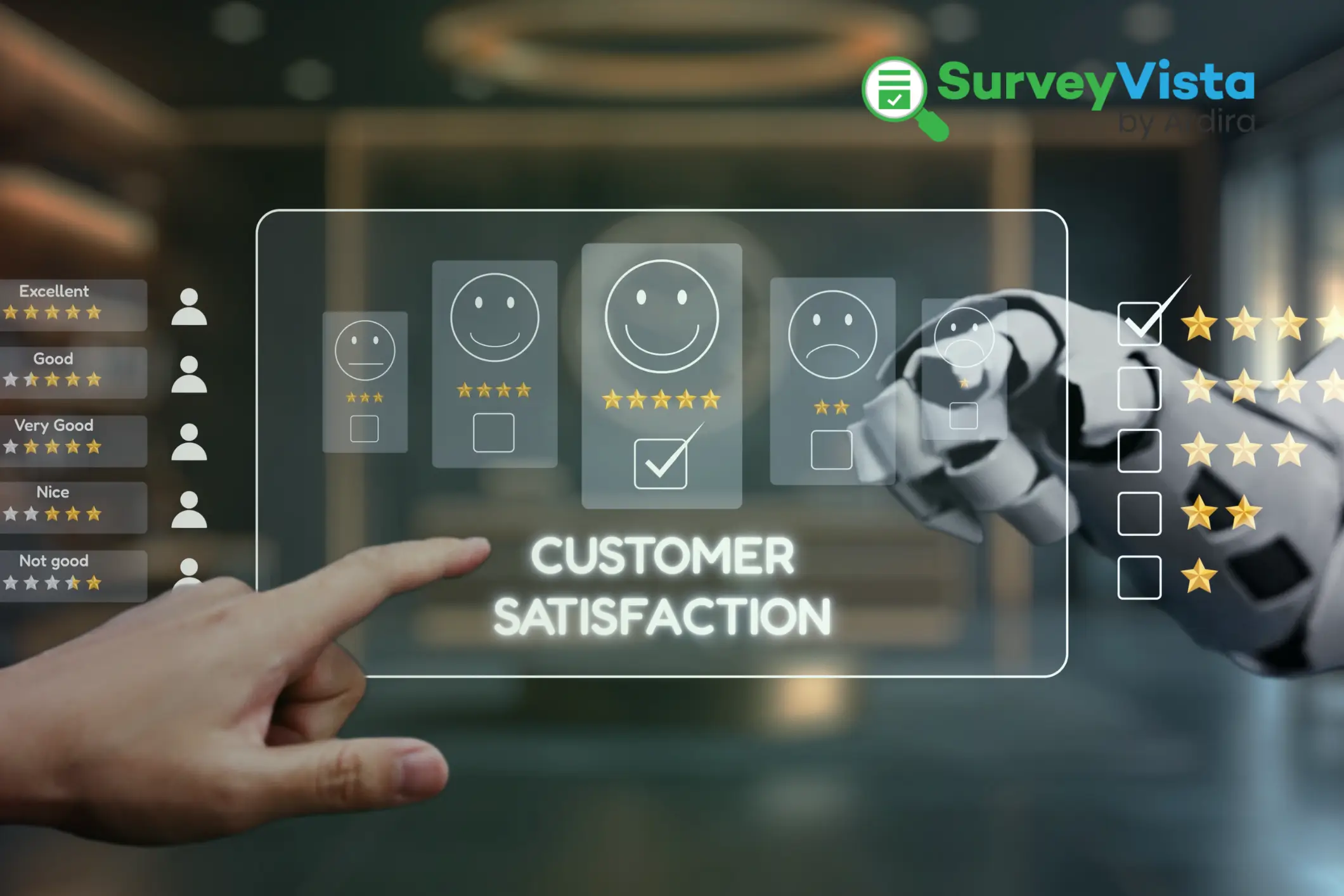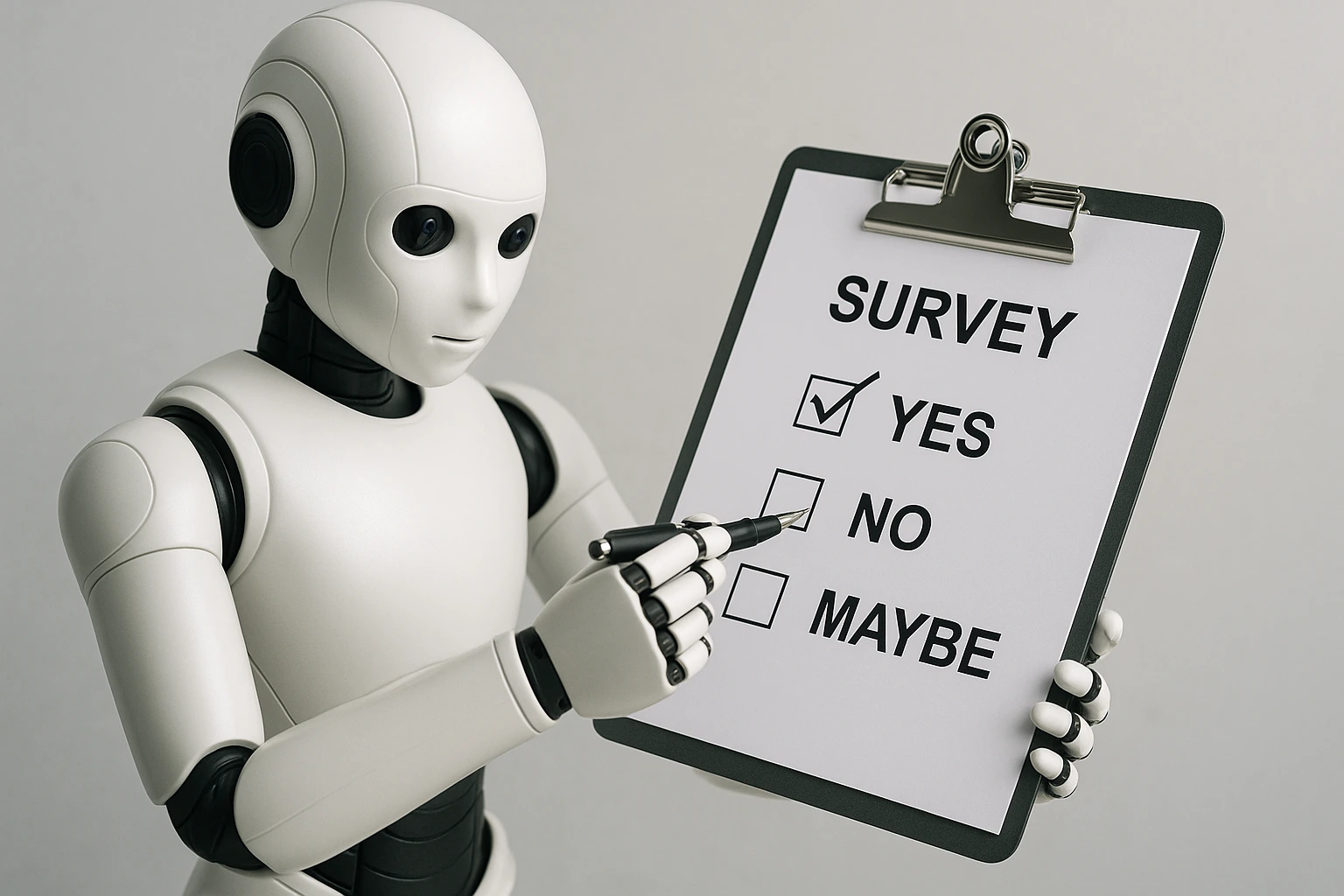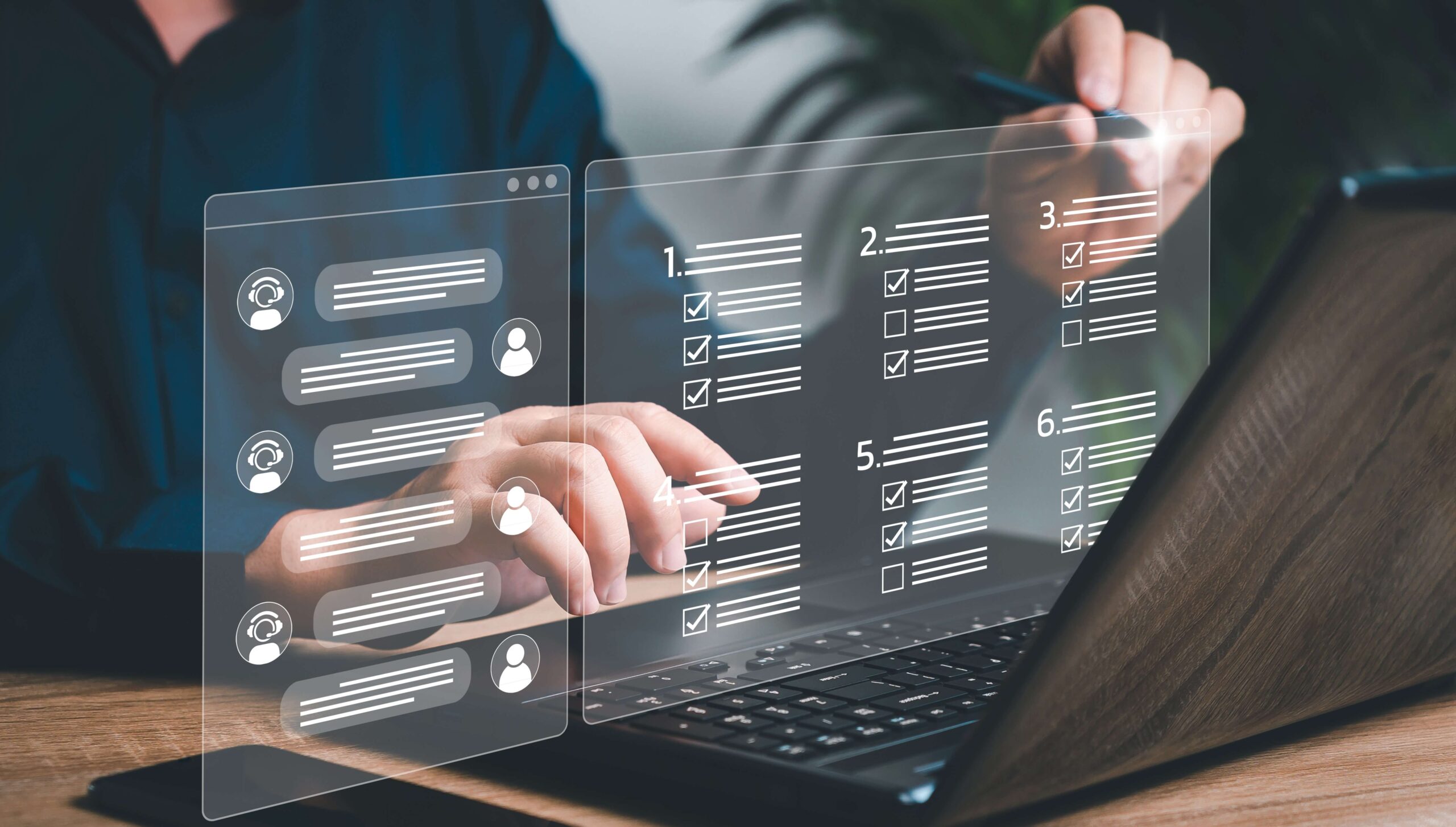Here’s a reality check that might surprise you: 70% of B2B buyers complete their research before ever talking to sales. They’re out there right now, quietly evaluating your competitors, reading reviews, and forming opinions about your brand—all while you have no idea they exist.
The days of controlling the buyer’s journey are over. Your prospects are doing their homework, and they’re really good at it. Understanding customer buying patterns isn’t just helpful—it’s essential for being there when it matters most.
What Makes B2B Buyer Journeys Different from B2C
B2B buying isn’t just B2C with bigger price tags. The entire process operates on different rules, timelines, and decision-making structures that require completely different approaches.
Multiple Decision Makers Change Everything
The average B2B buying group includes 11 people. That’s not a typo—eleven different stakeholders with their own priorities, concerns, and definitions of success.
Your CFO cares about ROI and budget impact. The IT director worries about security and integration. End users want something that actually makes their jobs easier.
This complexity means your messaging can’t be one-size-fits-all. You need content that speaks to procurement’s need for vendor stability, executives’ focus on strategic outcomes, and users’ desire for intuitive functionality.
Longer Sales Cycles Require Different Strategies
B2C purchases happen in moments or days. B2B purchases take an average of 11.3 months from start to finish.
That’s nearly a year of relationship building, trust development, and consistent value demonstration. Long sales cycles also mean patience becomes a competitive advantage.
ROI-Focused Decision Making
B2B buyers don’t make emotional purchases—they make calculated investments. Every decision gets scrutinized through the lens of business impact, operational efficiency, and measurable outcomes.
This means your value proposition needs numbers, not just features. Your content needs to speak the language of business outcomes, not product capabilities.
The Three Stages of the B2B Buyer Journey
Understanding these stages helps you create the right content for the right moment in your buyer’s evaluation process.
Awareness Stage – Problem Recognition
This is where buyers realize they have a problem worth solving. They’re not looking for vendors yet—they’re trying to understand if their challenge is big enough to warrant action.
Your role here isn’t to sell your solution. It’s to help them understand their problem better and position your brand as a trusted source of insight.
Consideration Stage – Solution Research
Now buyers know they need to act, and they’re researching different approaches to solving their problem. Here’s where things get interesting: 81% of buyers already have a preferred vendor before they make first contact.
This stage is dominated by anonymous research. They’re reading your website, downloading your resources, and comparing you to competitors—all without you knowing they exist.
Decision Stage – Vendor Selection
By the time buyers reach out to you, they’re not starting their evaluation—they’re finishing it. Research shows that 85% establish their requirements before contacting vendors.
This compressed decision stage means your sales team needs to focus on implementation details, contract negotiations, and final stakeholder alignment rather than basic education.
Why 80% of Buyers Contact You First
The traditional sales model assumed vendors would reach out to prospects and guide them through the buying process. That model is dead.
The Anonymous Research Revolution
Buyers now control their own journey timeline. They research when it’s convenient for them, consume content at their own pace, and reach out only when they’re ready for direct engagement.
This shift means your inbound marketing strategy is more important than your outbound sales efforts. Your website, content library, and digital presence are doing most of your selling before sales ever gets involved.
Building Trust Before the First Call
Modern buyers don’t trust vendor claims—they trust peer reviews, customer testimonials, and third-party validation. They want to hear from people like them who’ve solved similar problems.
Social proof has become the primary trust-building mechanism in B2B sales. Your customer success stories need to be easily discoverable and relevant to different stakeholder perspectives within your target accounts.
Mapping Your B2B Buyer Journey
Effective journey mapping starts with understanding who’s actually involved in the buying decision and what each person cares about.
Identify Your Key Stakeholders
Start by documenting every role that influences or approves purchases in your target market. Don’t just focus on the economic buyer—map out the entire decision-making unit.
For each stakeholder, identify their primary concerns, success metrics, and preferred information sources. Create stakeholder-specific content that addresses each person’s unique perspective on your solution.
Track Buyer Behavior Patterns
Use your website analytics, content engagement data, and sales interaction history to understand how buyers actually move through their evaluation process. Analyzing buying behavior data reveals the real buyer journey, not the idealized version you might assume.
Pay attention to where buyers get stuck or drop out of your process—these friction points need immediate attention.
Content Mapping for Each Stage
Match your content inventory to each stage of the buyer journey and identify gaps where prospects might not find the information they need. Awareness stage content should focus on problem education and thought leadership.
Consideration stage resources need detailed solution information and competitive comparisons. Decision stage materials should address implementation, pricing, and contract details.
Optimizing Your Buyer Journey with Feedback
The best way to improve your buyer journey is to ask the people who’ve actually experienced it. Customer feedback reveals gaps between your intended journey and the reality your prospects face.
Collect Insights at Every Touchpoint
Survey prospects at different stages of their evaluation process to understand their experience, information needs, and decision-making criteria. Don’t wait until after they buy—get feedback while they’re still in process.
Use feedback data to understand customer behavior and identify content gaps, process friction points, and messaging that resonates with different stakeholder groups. SurveyVista makes this process seamless by integrating feedback collection directly into your existing Salesforce workflows.
Turn Feedback into Action
Collecting feedback is only valuable if you use it to make improvements. Create processes for reviewing feedback regularly and implementing changes based on what you learn.
Track which content pieces are most helpful at each stage, what questions prospects still have after consuming your resources, and where they’re getting stuck in your process.
Close the Loop with Buyers
When prospects provide feedback, follow up to show them how you’ve used their input to improve your process. This demonstrates that you listen and adapt based on customer needs.
Closing the feedback loop builds stronger relationships and increases the likelihood that prospects will continue engaging with your brand throughout their evaluation process.
Common B2B Buyer Journey Mistakes to Avoid
Even well-intentioned organizations make critical errors that derail their buyer journey optimization efforts.
Assuming You Control the Timeline
Buyers move at their own pace, not yours. Trying to accelerate their timeline often backfires and eliminates you from consideration.
Instead of pushing prospects through your process, focus on supporting their natural evaluation rhythm with helpful resources and timely information.
Ignoring the Anonymous Research Phase
Most of your buyer journey happens before you know prospects exist. If your digital presence isn’t optimized for anonymous research, you’re missing critical influence opportunities.
Your website needs to answer common questions, address typical objections, and provide detailed solution information without requiring contact form completion.
One-Size-Fits-All Messaging
Different stakeholders need different information presented in different ways. Generic messaging fails to resonate with anyone.
Create role-specific content that addresses the unique concerns and success metrics of each stakeholder group in your target accounts.
Measuring B2B Buyer Journey Success
Effective measurement requires tracking both leading indicators and lagging metrics across extended sales cycles.
Key Metrics That Matter
Time to first contact reveals how effectively your awareness and consideration stage content moves prospects toward engagement. Shorter times usually indicate better content-market fit.
Conversion rates by stage help identify where prospects drop out of your process and which content pieces drive progression to the next phase.
Attribution Across Long Sales Cycles
With 11+ month buying cycles, connecting early-stage marketing activities to eventual sales outcomes requires sophisticated attribution modeling. Track content engagement patterns, anonymous research behavior, and stakeholder involvement throughout the entire journey.
Focus on leading indicators like content engagement depth and stakeholder breadth rather than waiting for lagging metrics like closed deals.
Using Feedback Data for Continuous Improvement
Regular buyer experience surveys provide qualitative insights that complement your quantitative journey metrics. Win/loss analysis reveals why prospects choose you or your competitors, helping you understand which journey elements create competitive advantage.
Using insights to shape customer experience strategy ensures your optimization efforts focus on what actually matters to buyers rather than internal assumptions.
B2B buyer behavior continues evolving toward greater autonomy and self-service evaluation. Organizations that adapt their strategies now will have significant advantages over competitors who cling to outdated approaches.
Success requires understanding that modern buyers want to control their own journey while receiving support and guidance when they need it. The vendors who master this balance will win more deals and build stronger customer relationships.
SurveyVista’s native Salesforce integration helps you collect and act on buyer feedback throughout their journey, ensuring you understand their experience and can optimize based on real insights rather than assumptions. When your feedback data lives in the same system as your sales and marketing activities, you can create truly buyer-centric experiences that drive better outcomes for everyone involved.
Frequently Asked Questions
How long does the average B2B buyer journey take?
The average B2B buyer journey takes 11.3 months from start to finish. This extended timeline includes anonymous research, stakeholder alignment, and vendor evaluation phases that happen largely without sales involvement.
How many people are typically involved in B2B buying decisions?
The average B2B buying group includes 11 stakeholders with different priorities and concerns. This includes executives, end users, IT teams, procurement, and other decision influencers who each evaluate solutions differently.
What percentage of B2B buyers research before contacting sales?
70% of B2B buyers complete their research before talking to sales, and 81% already have a preferred vendor before making first contact. This makes your digital presence critical for early influence.
What content works best during the awareness stage?
Awareness stage content should focus on problem education rather than solution selling. Industry research, trend reports, problem identification frameworks, and thought leadership content work best for this stage.
How can I track buyer behavior across long sales cycles?
Use website analytics, content engagement data, and feedback collection to understand buyer patterns. Track leading indicators like content engagement depth and stakeholder involvement rather than waiting for closed deals.
More Like This

Rajesh Unadkat 
Founder and CEO
Rajesh is the visionary leader at the helm of SurveyVista. With a profound vision for the transformative potential of survey solutions, he founded the company in 2020. Rajesh's unwavering commitment to harnessing the power of data-driven insights has led to SurveyVista's rapid evolution as an industry leader.
Connect with Rajesh on LinkedIn to stay updated on the latest insights into the world of survey solutions for customer and employee experience management.



